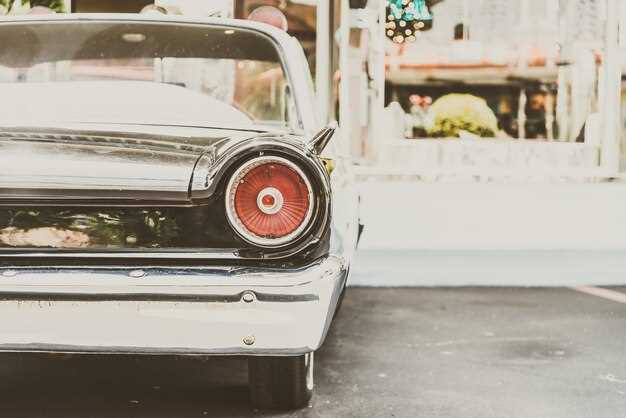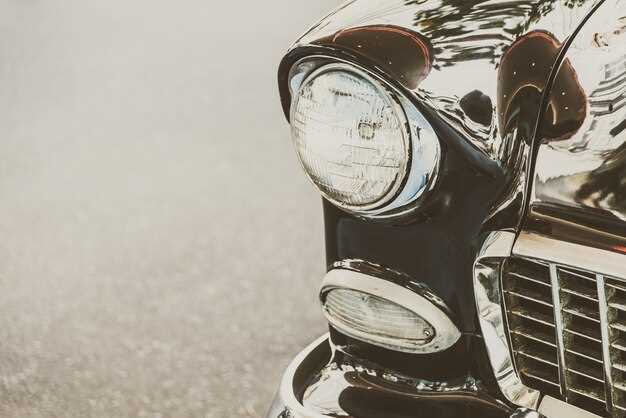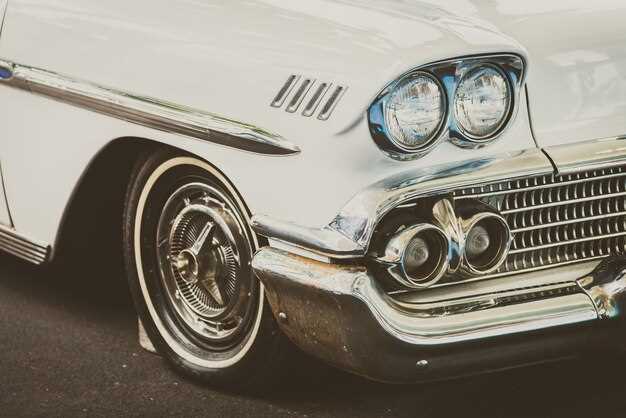
For car enthusiasts and collectors, the world of classic cars offers an exhilarating blend of nostalgia and investment potential. While some classic models are known to fetch stratospheric prices at auctions, there remains a plethora of options that can be acquired for under thirty thousand dollars. This budget opens up a delightful realm of choices for those looking to embrace timeless automotive design without breaking the bank.
The classic car market has shown considerable growth, attracting new collectors who appreciate the unique charm and history that these vehicles embody. From muscle cars that defined an era to European models that represent the pinnacle of craftsmanship, there are numerous styles and manufacturers to consider. Collectors can find models that not only hold their value but can also appreciate over time, making them a smart addition to any garage.
In this article, we will delve into some of the best classic cars to consider for your collection, focusing on vehicles that offer a compelling mix of accessibility, performance, and heritage. Each entry on our list has been selected based on its reputation, availability, and overall appeal among collectors. Whether you’re a seasoned enthusiast or a newcomer to the classic car community, there is something here for everyone looking to invest in a piece of automotive history.
Top Vintage Models for Enthusiasts on a Budget
When it comes to collecting classic cars, enthusiasts often seek models that offer both style and historical significance without breaking the bank. Here is a selection of top vintage cars that typically fall under the $30,000 range, making them accessible options for collectors.
The Ford Mustang (1965-1973) is an iconic model that represents American muscle cars. With its distinctive design and robust performance, early Mustangs remain popular among collectors. The availability of parts makes restoration manageable and rewarding.
The Chevrolet Camaro (1967-1969) is another staple in the classic car community. Its aggressive styling and powerful engines provide an exhilarating driving experience. The early Camaros, especially the models equipped with the V8, are prized for their nostalgia and potential for customization.
The Volkswagen Beetle (1960-1975) offers a different flavor of classic car charm. Renowned for its quirky design and reliability, the Beetle is an affordable option for enthusiasts who appreciate unique automotive history. Its simplicity and ease of repair enhance its appeal.
The Datsun 240Z (1970-1973) exemplifies Japanese classic cars that have garnered a following among collectors. Known for its sporty handling and sleek lines, the 240Z offers an engaging driving experience at a relatively low price point, making it a great entry for budget-conscious collectors.
The Pontiac Firebird (1967-1969) is a muscle car with character. With its aggressive stance and powerful engine options, the Firebird has become a sought-after classic. These models embody the spirit of the late ’60s automotive era, making them a valuable addition for any collection.
Finally, the MG MGB (1962-1980) is a classic British roadster that combines style with affordability. Its fun-to-drive nature and open-top design make it a favorite among classic car enthusiasts. An extensive network of parts ensures that maintaining an MG is relatively straightforward, making it an excellent choice for those new to car collecting.
In conclusion, these vintage models not only embody the spirit of their respective eras but also represent great value for enthusiasts looking to enter the world of classic car collecting without exceeding their budgets.
Key Factors to Consider When Choosing a Collector Car

Selecting a collector car requires careful consideration to ensure both enjoyment and investment potential. Here are the key factors to keep in mind:
- Budget: Set a clear budget below thirty thousand dollars. This will guide your choices and help avoid overspending.
- Condition: Assess the car’s current state. Look for:
- Rust or corrosion issues
- Original parts versus aftermarket replacements
- Documentation of repairs and maintenance
- Rarity: Consider how rare the model is. Limited-production vehicles or those with special editions often hold their value better.
- Desirability: Investigate the popularity of the model among collectors. Factors influencing desirability include:
- Performance and specifications
- Brand reputation
- Historical significance or iconic status
- Future Appreciation: Research market trends to evaluate which models are likely to appreciate. Look for:
- Emerging classics
- Models with a strong fan base
- Cars that have previously shown consistent price increases
- Ease of Maintenance: Some classic cars can be expensive and difficult to maintain. Consider:
- Availability of parts
- Technical complexity
- Mechanic familiarity with the model
- Storage and Insurance: Plan for appropriate storage to protect your investment. Calculate potential insurance costs, which can vary greatly.
- Community and Support: Look for a strong community of enthusiasts. Clubs and online forums can provide valuable resources for advice, parts, and social activities.
By evaluating these key factors, you can make an informed decision that enhances your collector car experience while minimizing risks. Choose wisely!
Maintenance and Restoration Tips for Classic Cars

Maintaining and restoring classic cars require a combination of knowledge, patience, and dedication. Proper care not only enhances their beauty but also preserves their value. Here are some essential tips for ensuring your classic car remains in excellent condition.
First, always keep a detailed maintenance log. Documenting repairs, services, and parts replacements will help you track the vehicle’s history and assist future restorers in understanding its condition. It’s also useful for maintaining resale value.
Regular oil changes are crucial. Classic cars often use different oils than modern vehicles. Choose the right oil type based on the manufacturer’s recommendations and replace it regularly to ensure optimal engine performance.
Inspect the electrical system frequently. Check for corroded wires, weak connections, and faulty fuses. Many classic cars have outdated wiring systems that can be prone to issues. Upgrading to modern wiring harnesses can improve reliability.
Pay special attention to the cooling system. Overheating can cause catastrophic engine damage. Regularly check hoses, radiators, and coolant levels. Consider adding a modern electric fan for improved cooling efficiency.
Rust prevention is vital. Ensure the undercarriage and bodywork are rust-free. Clean and treat vulnerable areas with rust inhibitors. If you find rust, address it promptly with suitable repair techniques, such as welding or using rust converters.
When restoring, prioritize originality but be open to improvements. Use OEM (Original Equipment Manufacturer) parts when possible, as these maintain authenticity and value. However, modern upgrades to brakes and suspension can enhance safety and drivability.
Interior restoration is equally important. Clean, condition, and restore leather or fabric upholstery. Replace worn components but strive to keep the original aesthetic. Use products specifically designed for classic materials.
Finally, invest in quality tools and resources. Join classic car clubs or online forums for knowledge sharing. Access to experienced enthusiasts can provide invaluable insights and support during your restoration journey.

